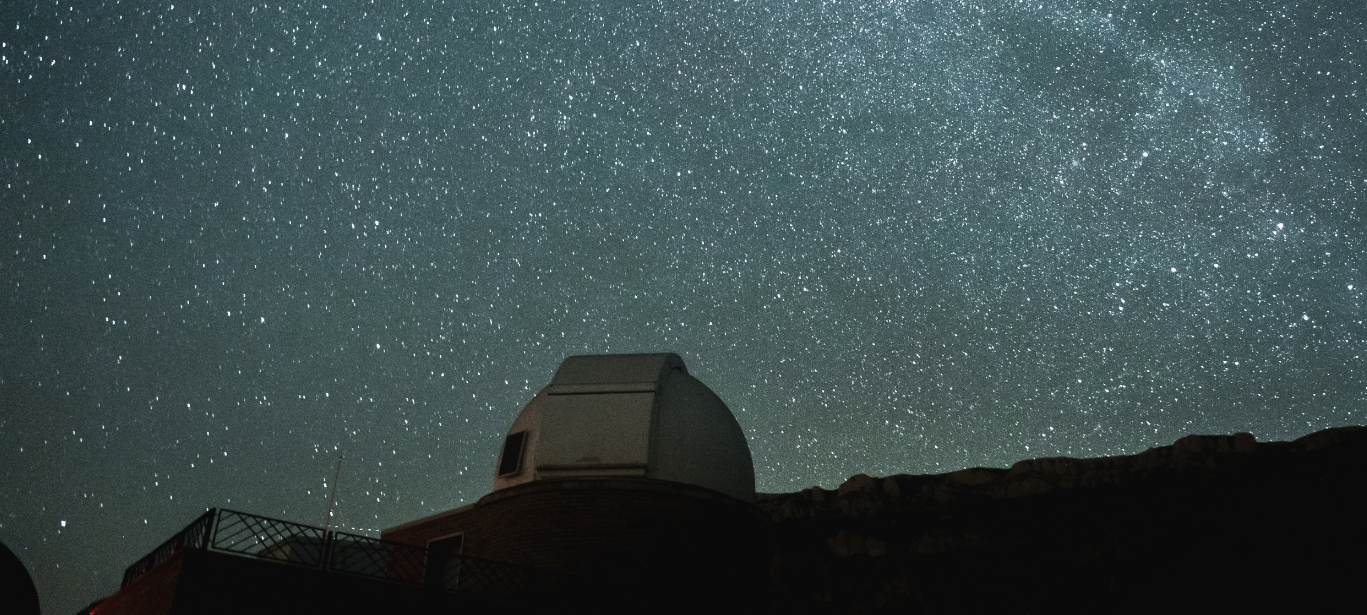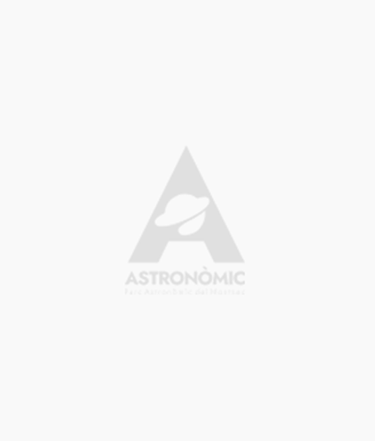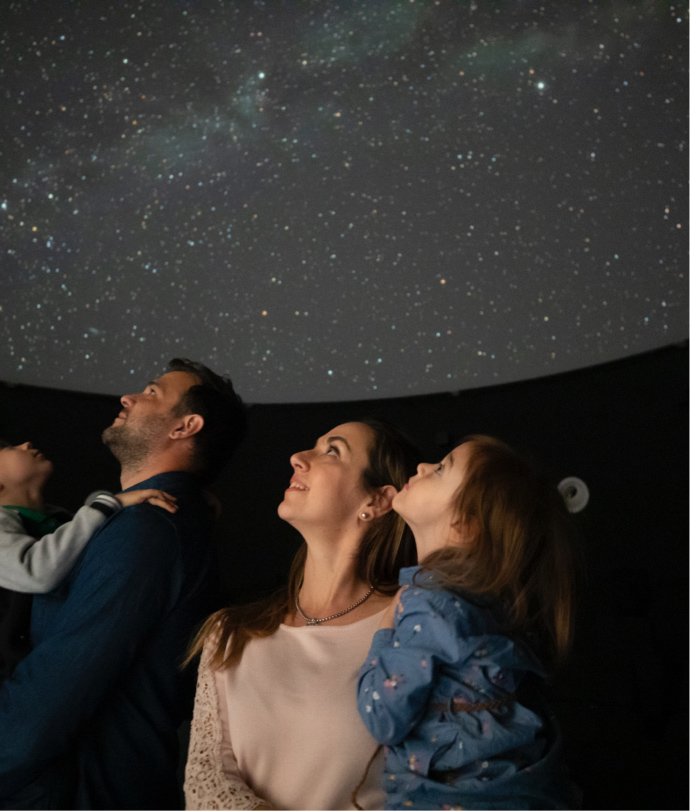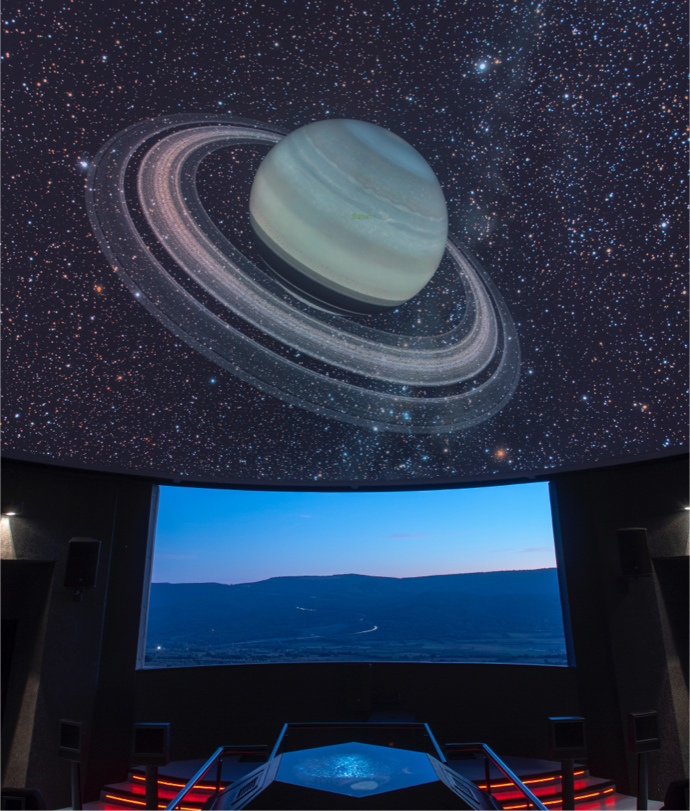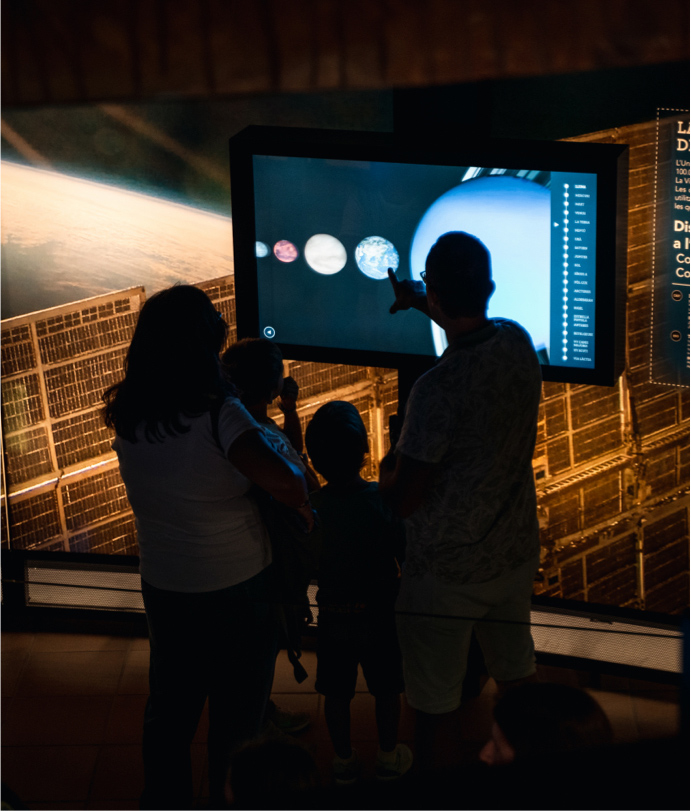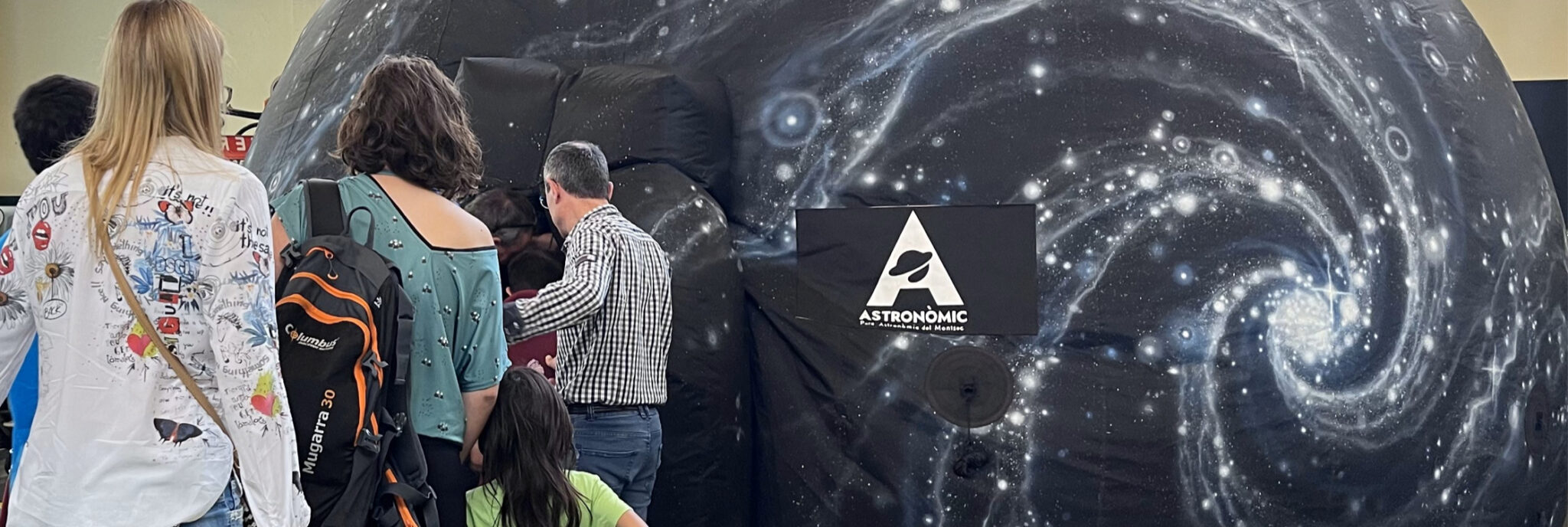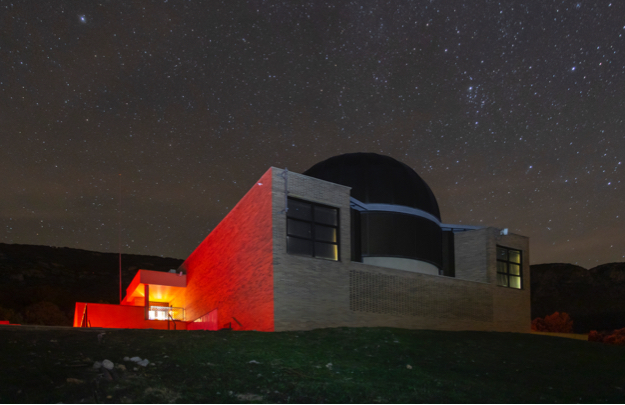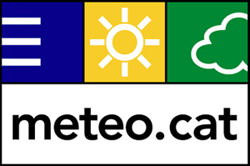The Parc Astronòmic del Montsec has recorded the most important northern lights for more than a century and a half
- 11 May, 2024
-
The sky of the Iberian Peninsula lit up in a special way on the night of Friday, May 10 to Saturday, May 11 due to the strong aurora borealis, on the largest scale detected G5, and this phenomenon has been captured by the astronomers and cameras of the Parc Astronòmic del Montsec (PAM).
The director of the PAM, Salvador J. Ribas, has stated after the night episode from Friday, May 10 to Saturday, May 11, that the northern lights seen from Montsec have been the most powerful ever recorded from our latitudes, at least in the last 150 years.
In this case, the union of several coronal mass ejections (CMEs) have generated a G5 (extreme) type event, the most intense after the so-called Carrington event of 1859 that stopped telegraphs in half the world and there were electrical problems. Last night, auroras could be observed at unusual latitudes and also a variant called Stable Aurora Red Arc (SAR) when a reddish arc remains stable persistently. Another G5 episode occurred in 2003, called the Halloween storms, but it was not as visible from the Earth’s surface.
According to the technicians of the PAM, owned by Ferrocarrils de la Generalitat de Catalunya, last Wednesday, May 8 and Thursday, May 9, a succession of CME activity phenomena occurred in the sun. These are the most violent type of phenomenon to the sun and are more frequent and intense in the cycle of maximum solar activity like the one we are entering this year. The effects of the solar storm have taken 48 hours to reach Earth since the charged particles resulting from the phenomenon do not travel at the speed of light.
If the CMEs are produced in the direction of the earth, the ejected particles impact us, as has been the case. Under normal conditions, the particles interact with the Earth’s magnetic field and sneak through the Earth’s magnetic poles, producing the classic northern or southern lights.
The forecast is that the next night from Saturday May 11 to Sunday May 12 the intensity will be lower but the event is not considered closed. Therefore we can still relive this phenomenon tonight. In fact, this past morning the area of the Sun responsible has generated a new high-intensity ejecta that could scour the earth in the coming days.
About the Astronòmic
The Parc Astronòmic del Montsec is located in the municipality of Àger, in the Noguera region, in an extraordinary location considered the best place for sky observation in Catalonia. The low rainfall in the form of rain, the little light pollution and the altitude make the Sierra del Montsec the ideal place for the installation of a world-renowned center in astronomy.
The park brings science to the public to make known the greatness of a night sky whose extraordinary characteristics allow us to discover the secrets of the universe. For this reason, it is considered the most important astronomy equipment in Catalonia, which also becomes a reference in the teaching and dissemination of space and universe sciences.
The Astronòmic offers numerous activities in the middle of nature for all audiences, both day and night, aimed at universities, schools, but also at a basic information level for families, fans, etc.
tags
Documents
Links of interest
Other News
-
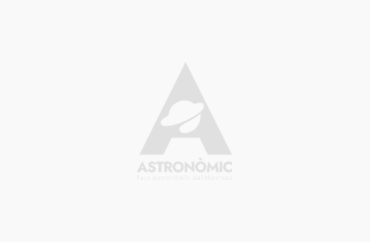
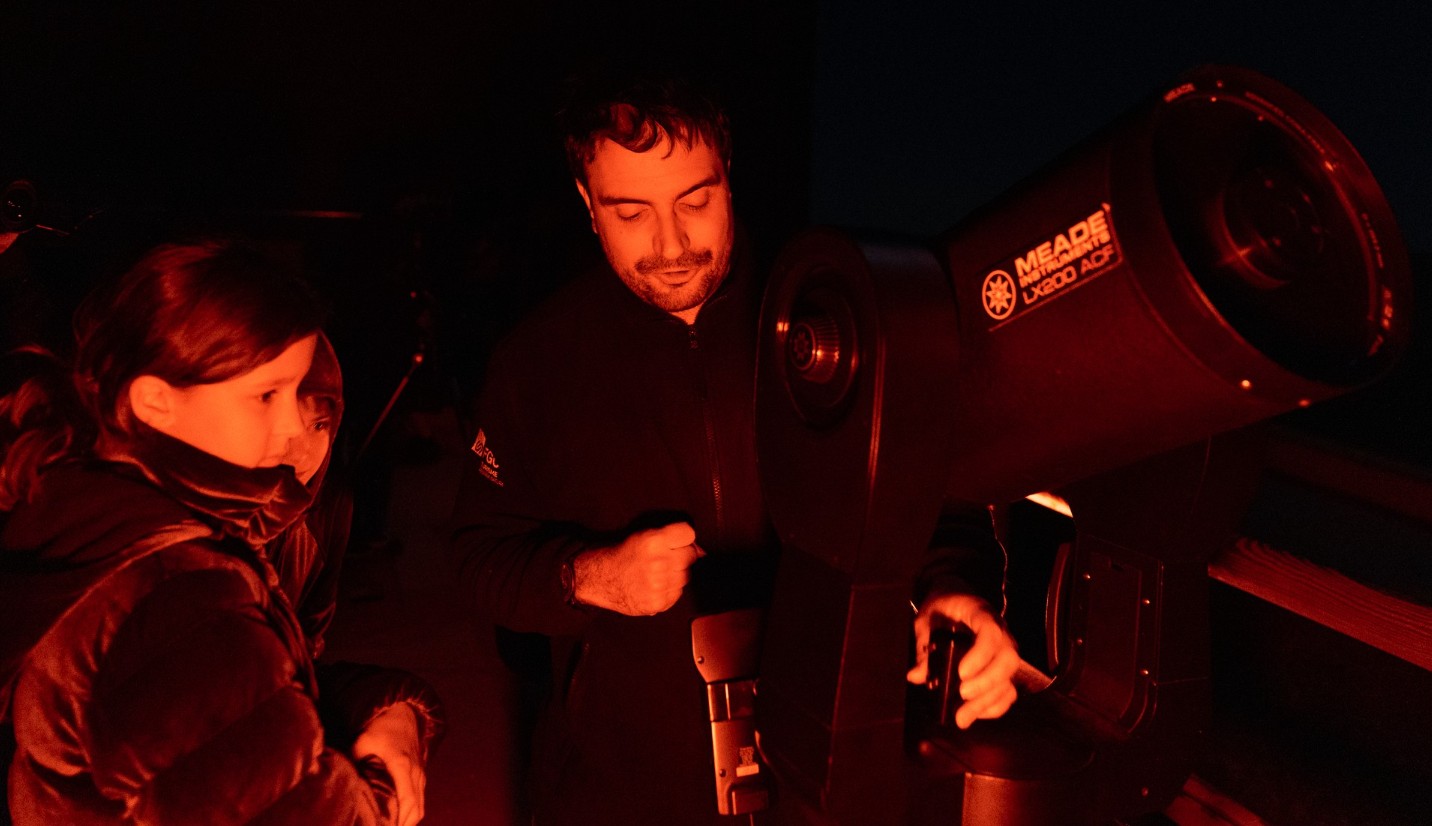
- 19 December, 2025
The Parc Astronòmic del Montsec celebrates the second edition of Christmas at the Astronòmic
- Lorem ipsum
- Lorem ipsum
-


- 24 October, 2025
The Parc Astronòmic offers special sessions for observing the millennial comet ‘C/2025 A6 Lemmon’ over the next two weekends
- Lorem ipsum
- Lorem ipsum
-

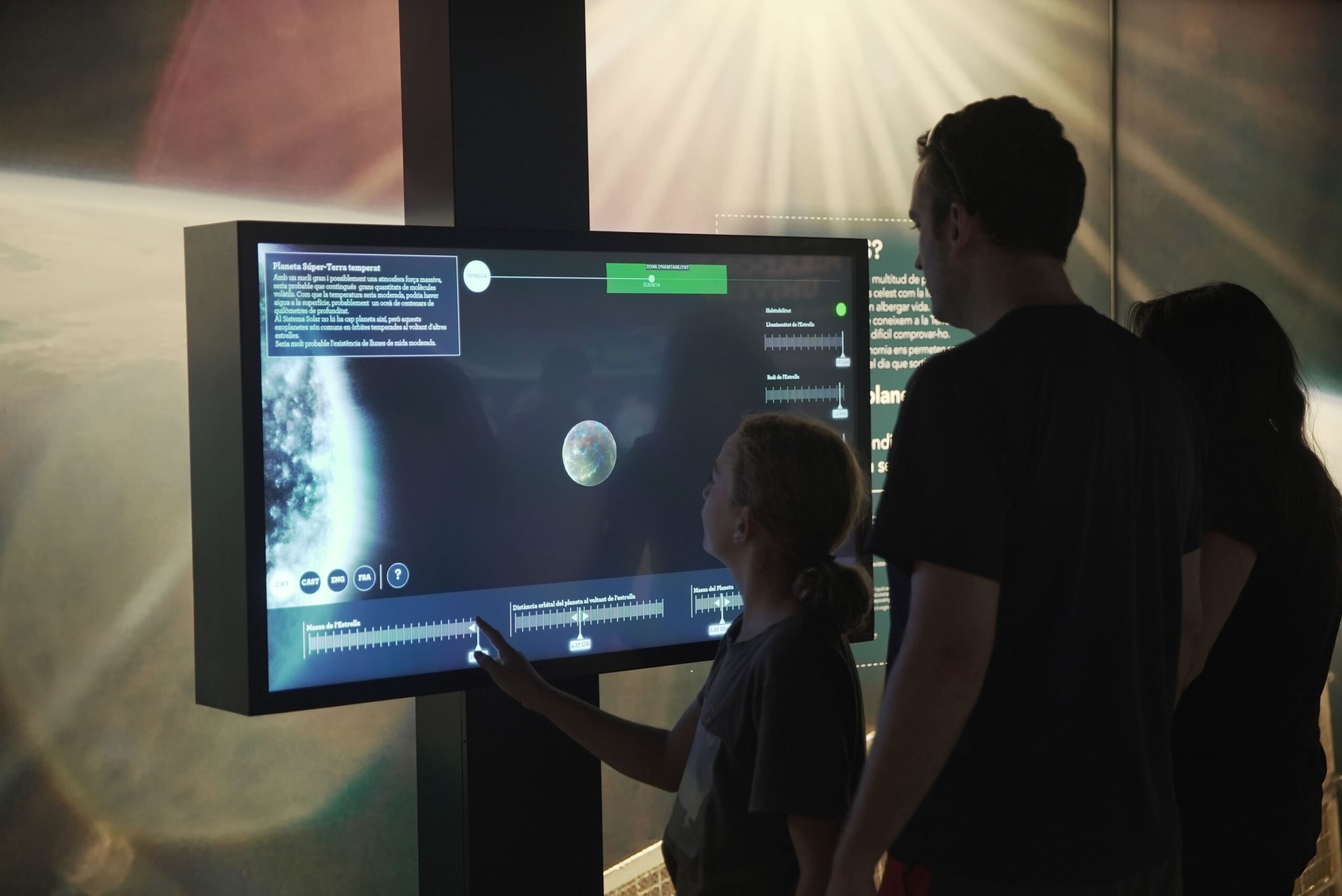
- 30 September, 2025
- Concerts
Science, culture and tourism meet from tomorrow at the Parc Astronòmic del Montsec at the 11th Astronomy Festival
- Lorem ipsum
- Lorem ipsum
